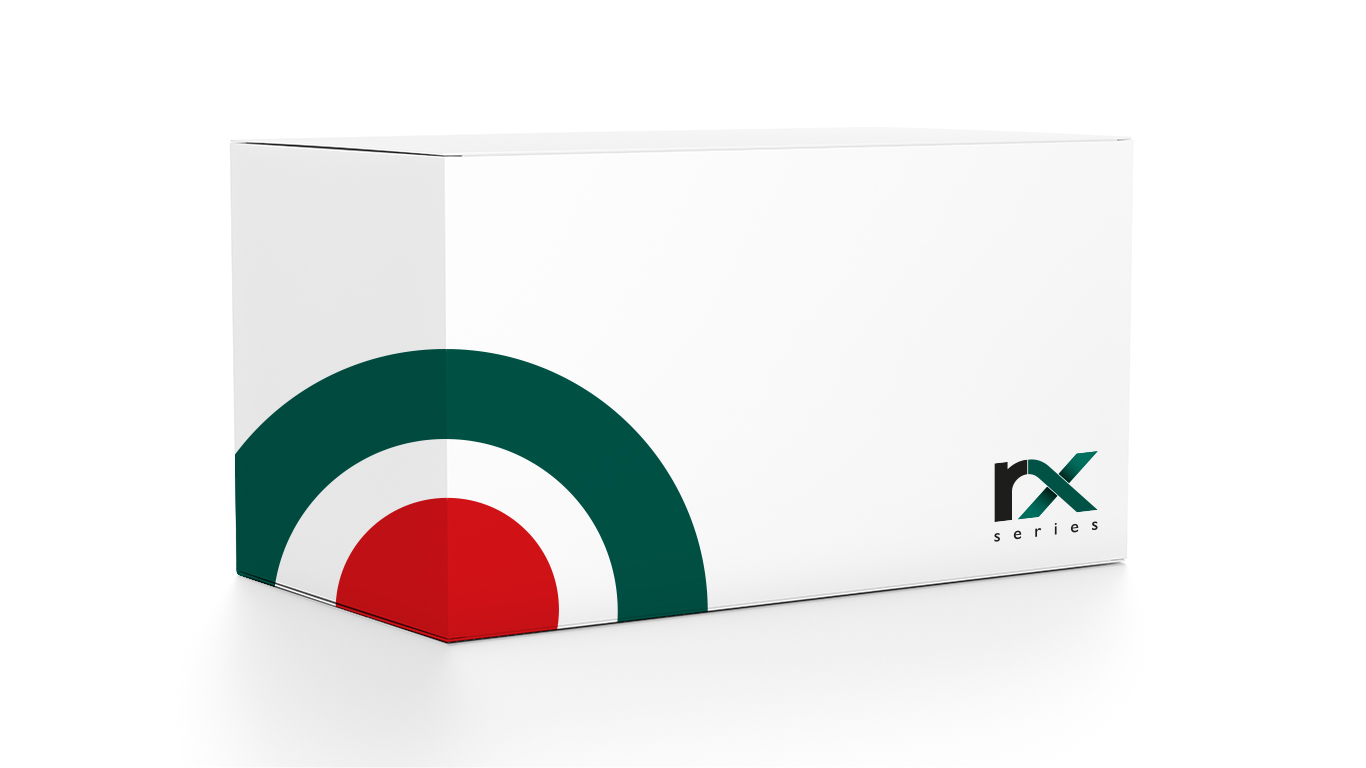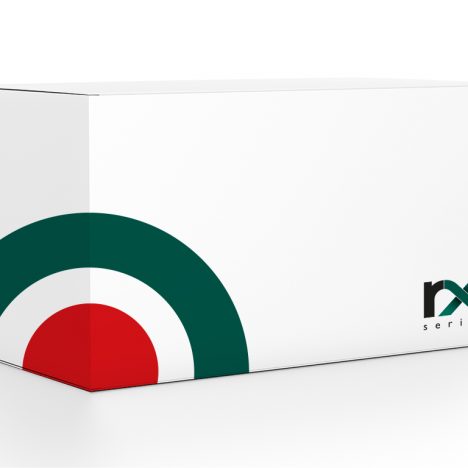Aspartate Aminotransferase (AST) assay
For the quantitative in vitro determination of AST in serum or plasma. This product is suitable for automated, semi-automated and manual use.
$397.28
In stock
Description
Description
Intended Use
For the quantitative in vitro determination of AST in serum or plasma. This product is suitable for automated, semi-automated and manual use.
Clinical Significance
The aminotransferases are a group of enzymes that catalyse the inter conversions of amino acids and ? oxoacids by transfer of amino groups. AST (aspartate aminotransferase or glutamate oxaloacetate transaminase) has been found in the cytoplasm and the mitochondria of cells that have been studied. In cases of mild tissue damage eg liver the predominant form of serum AST is that from the cytoplasm, with a smaller amount coming from the mitochondria. Severe tissue damage will result in more mitochondrial enzyme being released. Elevated levels of AST can signal myocardial infarction, hepatic disease, muscular dystrophy and organ damage.
Although heart muscle is found to have the most activity of the enzyme, significant activity has also been seen in the brain, liver, gastric mucosa, adipose tissue and kidneys of humans.
The IFCC has now recommended (1980)1 standardized procedures for AST determinations including:
1. Optimization of substrate concentrations.
2. Employment of Tris buffers (instead of phosphate, which has been shown to inhibit recombination of the apoenzyme with pyridoxal phosphate).
3. Preincubation of combined buffer and serum to allow side reactions with NADH to occur.
4. Substrate start (? oxoglutarate).
5. Optional pyridoxal phosphate activation.
This is an optimized standard method according to the recommendations of the IFCC.


